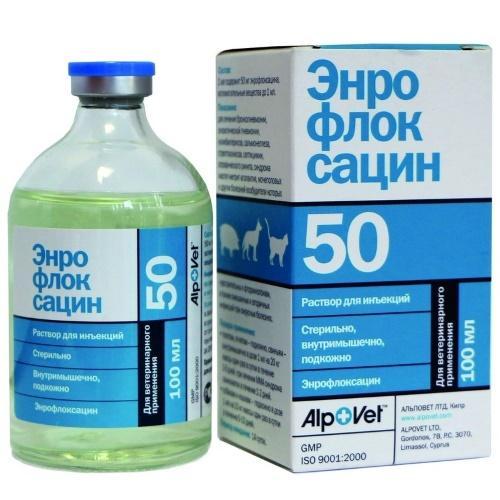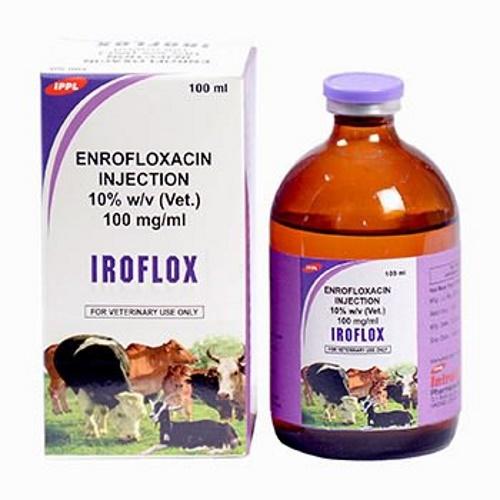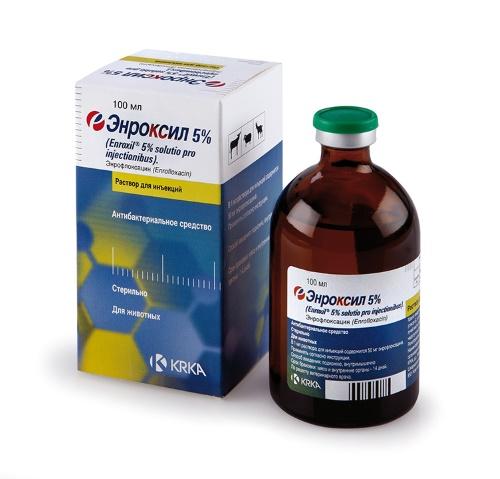Enrofloxacin analogs in veterinary medicine: how to treat poultry and animals
 No one is immune from diseases, including our indoor pets or poultry and animals from subsidiary plots. One of the most effective drugs is Enrofloxacin, a broad-spectrum antibiotic. If you cannot get it for some reason, you can use Enrofloxacin analogues in veterinary medicine. They have the same properties and destroy pathogenic microbes. What is an antibiotic, in what cases is it used and how to replace it?
No one is immune from diseases, including our indoor pets or poultry and animals from subsidiary plots. One of the most effective drugs is Enrofloxacin, a broad-spectrum antibiotic. If you cannot get it for some reason, you can use Enrofloxacin analogues in veterinary medicine. They have the same properties and destroy pathogenic microbes. What is an antibiotic, in what cases is it used and how to replace it?
Characteristics of the drug

The drug is rapidly absorbed into the bloodstream or stomach and destroys pathogenic bacteria. Enrofloxacin will help cure animals and poultry from the following diseases:
- pneumonia;
- atrophic rhinitis;
- salmonellosis;
- streptococcosis;
- colibacillosis;
- mycoplasmosis;
- viral hepatitis;
- diseases of the genitourinary system;
- mixed and secondary infections.
An antibiotic is prescribed if a bird or animal has: diarrhea, runny nose, arthritis, paralysis, depression, diarrhea.
The bird is drunk exclusively at a young age. It is not recommended to add the drug to laying hens, as it accumulates in eggs. Feeding of broilers and meat turkeys is allowed, but slaughter can be carried out no earlier than 2 weeks after the end of treatment.
Enrofloxacin analogs in veterinary medicine
If necessary, you can replace the antibiotic with drugs that contain enrofloxacin, or drugs with a similar effect. These include:
- Enroxil;

- Renrovet;

- Enroflox;

- Baytril;

- Enroflon;

- Nitox;

- Enrofarm;

- Enrosept.

Analogs are used according to the instructions for each specific drug.